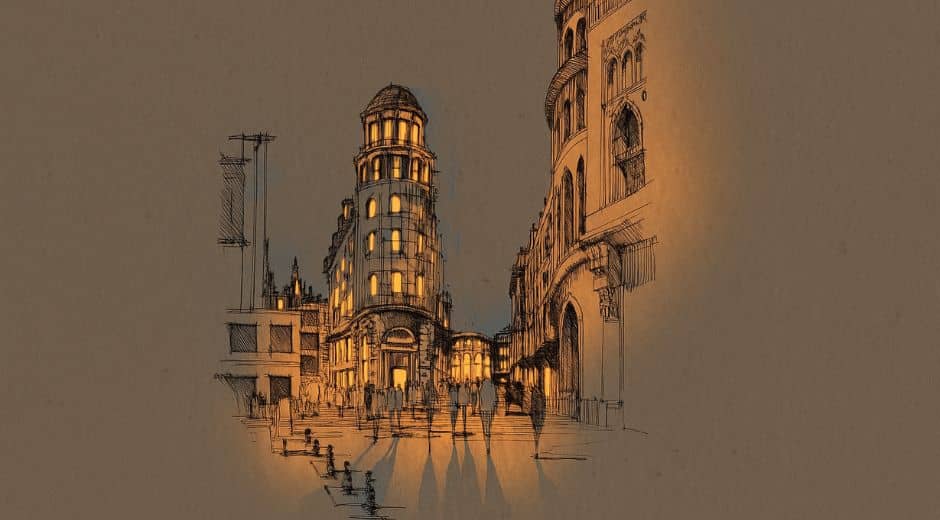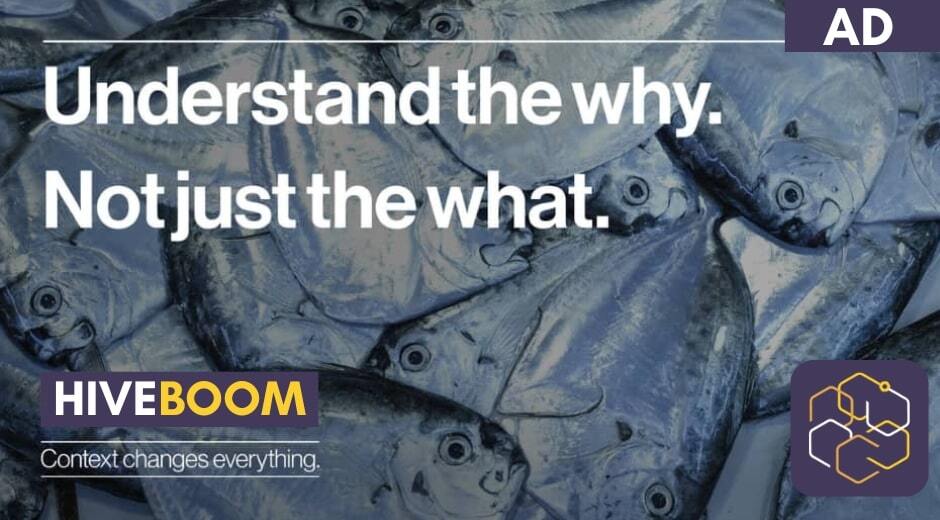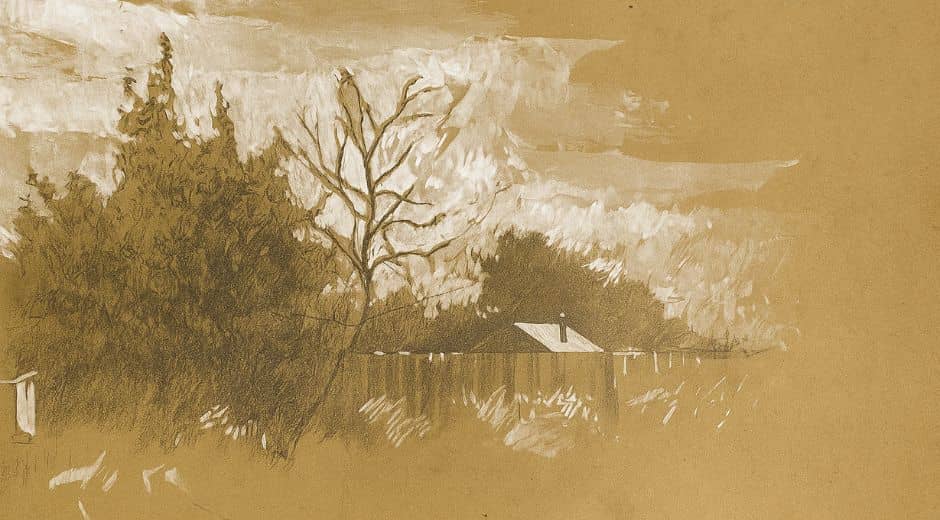Sketch to Screen: The Evolution of Digital Illustration
Sketch to Screen: The Evolution of Digital Illustration
The world of illustration has dramatically changed over the past few decades. What once existed primarily on paper has now evolved into a digital playground, giving artists unprecedented freedom and versatility. The journey from Sketch to Screen represents more than a technological shift—it’s a transformation in how creativity, storytelling, and design intersect in modern art. Understanding this evolution helps both artists and audiences appreciate the depth, skill, and imagination behind contemporary digital illustration.
The Origins of Sketching
Every digital illustration begins with a traditional sketch. Hand-drawn sketches allow artists to explore ideas freely, test compositions, and experiment with forms. The tactile nature of pencil or ink on paper gives creators an immediate sense of control and connection with their work. In the early stages of any project, these sketches serve as a blueprint for more complex designs, laying the foundation for digital transformation.
Even in the age of advanced software, many professionals emphasize the importance of starting on paper. Traditional sketches teach fundamentals like proportion, perspective, and anatomy, which remain critical even when the work eventually moves into a digital environment.
The Transition to Digital Tools
The move from sketchbook to screen opens up a world of possibilities. With the rise of tablets, styluses, and drawing software, artists can now refine, color, and animate their work with unprecedented precision. Programs such as Adobe Photoshop, Procreate, and Clip Studio Paint allow illustrators to layer textures, apply effects, and experiment with color without fear of irreversible mistakes.
This digital flexibility enhances creativity while preserving the essence of the original sketch. The Sketch to Screen process enables artists to combine the spontaneity of traditional drawing with the precision of modern technology, creating pieces that are both expressive and polished.
Techniques That Define Digital Illustration
Digital illustration encompasses a wide variety of techniques, each affecting the final aesthetic. Line art, shading, gradients, and digital textures all contribute to the visual impact of a piece. Artists can manipulate brush types, pressure sensitivity, and opacity to replicate the look of pencil, watercolor, or ink, while also exploring entirely new styles that are unique to digital mediums.
The Sketch to Screen approach allows creators to experiment freely, layering digital effects to enhance storytelling or mood. Platforms like FocusMindFlow explore how combining traditional drawing skills with digital techniques can expand creative potential and improve artistic workflow.
Animation and Motion
One of the most exciting developments in digital illustration is the ability to animate. While a sketch may be static on paper, moving it into a digital format allows artists to breathe life into their creations. From GIFs to short films and interactive web animations, the Sketch to Screen journey now encompasses dynamic storytelling, adding layers of engagement for audiences.
This evolution also opens new professional opportunities. Illustrators can now contribute to video games, animated series, and online media, turning hand-drawn concepts into fully interactive experiences. The combination of traditional artistry with modern technology has redefined what illustration can achieve.
Preserving Artistic Identity
Transitioning from traditional to digital mediums poses a challenge: maintaining one’s unique artistic style. While software offers endless options for effects and modifications, the artist’s personal touch—developed through years of practice and experimentation—remains central. The Sketch to Screen process is not about replacing traditional skills but enhancing them. Artists learn to adapt their style to new tools without losing authenticity.
Resources like BeautyUpNest highlight examples of illustrators who successfully merge hand-drawn characteristics with digital polish, inspiring both professionals and hobbyists to embrace the digital medium while honoring their signature approach.
Cultural and Industry Impact
Digital illustration has transformed how visual stories are shared and consumed. Social media platforms, websites, and apps allow artists to reach global audiences instantly. The Sketch to Screen evolution has expanded the visibility of illustrators, fostering a more connected and diverse creative community.
In the industry, this shift has also influenced education, advertising, publishing, and entertainment. Companies now seek artists who can navigate both traditional drawing techniques and digital tools, making versatility a crucial skill. For budding illustrators, mastering the Sketch to Screen workflow opens doors to careers in illustration, concept art, animation, and beyond.
Practical Tips for Artists
For those looking to embrace the Sketch to Screen journey, a few practical steps can help:
Start with a strong foundation: Even if you plan to finalize work digitally, solid drawing fundamentals are key.
Invest in quality tools: Tablets, styluses, and software like Procreate or Photoshop enhance precision and workflow.
Experiment freely: Digital platforms allow trial and error without permanent consequences, so explore new brushes, textures, and techniques.
Blend traditional and digital: Consider scanning hand sketches and refining them digitally to preserve the organic feel of original work.
Stay inspired: Platforms like MuseaTime provide examples, tutorials, and insights that bridge traditional and digital illustration.
By following these tips, artists can navigate the transition from sketch to digital screen while preserving their creative identity.
The Future of Illustration
The evolution from Sketch to Screen continues to accelerate as technology advances. Artificial intelligence, 3D modeling, and virtual reality offer new frontiers for digital illustrators, expanding both the tools available and the ways stories are told. However, the core principles of drawing—composition, emotion, and narrative—remain unchanged. The marriage of traditional skills with modern tools ensures that illustration remains a powerful medium for creative expression.
Ultimately, whether in a printed book, an animated film, or an interactive app, the journey from pencil to screen illustrates the enduring value of artistic vision, skill, and innovation.
Conclusion
The Sketch to Screen transformation represents more than a technical advancement; it is a testament to the enduring power of illustration. By combining traditional drawing expertise with digital tools, artists can expand their creative horizons, tell richer stories, and engage audiences in ways previously unimaginable.
For those seeking inspiration and guidance, BeautyUpNest showcases exemplary digital artwork, while FocusMindFlow offers creative strategies to enhance skill and workflow. And for a deeper dive into illustration techniques, tutorials, and artist interviews, MuseaTime remains an invaluable resource for both aspiring and professional artists embracing the Sketch to Screen journey.
Inspiration Expression Eternity

Handmade Heritage: Craftsmanship in a Modern World
Explore the enduring art of Handmade craftsmanship, where traditional techniques meet modern design, preserving heritage while inspiring creativity.
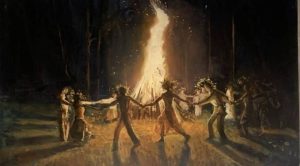
Living Culture: Festivals, Rituals, and Everyday Inspiration
Discover how Living Culture shapes creativity and community, from vibrant festivals to everyday rituals that inspire art, design, and storytelling.
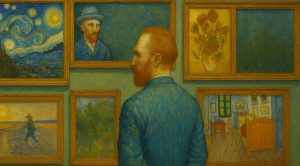
The Life and Journey of Vincent van Gogh
Explore The Life of Vincent van Gogh, uncovering the personal struggles, inspirations, and creative journey behind one of history’s most iconic artists.
